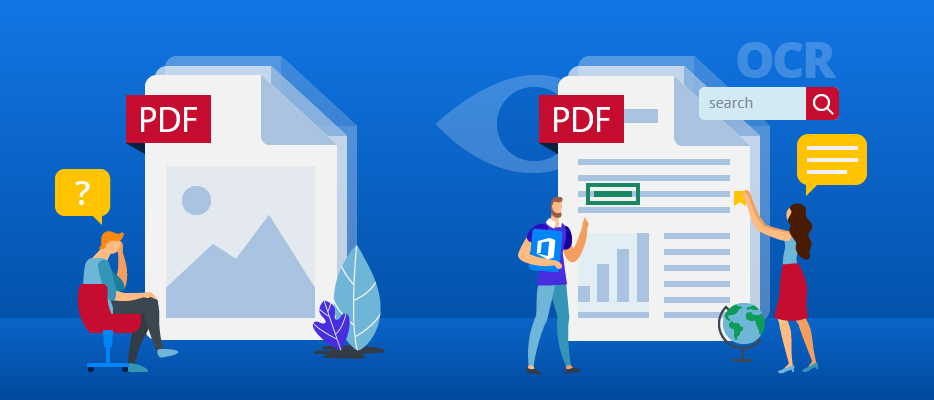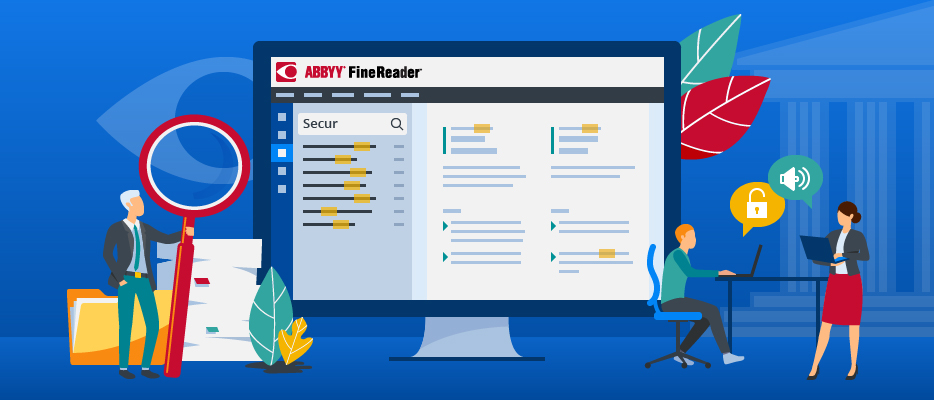
An accessible PDF is a PDF document that can be read and accessed by people with disabilities, primarily low vision, but also for other cognitive impairments. A PDF document is considered accessible only if it meets a set of accessibility guidelines, and compliance is enforced by law in many regions. See why and how FineReader PDF can help.
For Government publications, it is essential to make communications accessible for everyone. That’s why countless legislations worldwide enforce the accessibility of public content. For example, the Directive (EU) 2016/2102, in effect since December 22nd, 2016, provides people with disabilities in the European Union (EU) with better access to public services websites and mobile applications. This Directive was translated to into local law by several countries, and EU Member States had until September 23rd, 2018, to transpose the Directive into national law. Still, most public websites are not fully compliant, and yet the law is seldom enforced. That might change soon now, as the transition periods run out. For the United States, Section 508 has been in place for even longer, and since 1998, federal agencies have been required to make electronic information accessible to people with disabilities.
What makes content accessible?
Several factors play a role in making content accessible. One of the most important is to have the information ready for assistive technology software, for example screen readers for the visually impaired.
Web content accessibility guidelines
For websites, the W3C has published the Web Content Accessibility Guidelines (WCAG), which should ensure the accessibility of content through directives for the HTML structure regarding text, images, and code or markup that defines structure, page presentation, etc. Another important section of government sites includes documents like forms, original legal documents, or data sheets. Therefore, the WCAG 2.0 contains not only guidelines on how to publish HTML content, but also rules on how to publish PDF documents.
PDF accessibility
PDF is the standard format for publishing documents that can be made accessible. One of the ways to ensure accessibility is to use the standard PDF/UA format. FineReader PDF 15 supports this standard as an export format and makes saving accessible PDF documents possible. See this article to learn how to create PDF/UA with FineReader PDF.
Recognizing text with optical character recognition (OCR)
A good part of existing PDF documents out there contains no machine-readable text whatsoever and therefore cannot be accessed by assistive technologies. Translating picture content into text is a strength of FineReader’s exceptional OCR capabilities. For many years now, countless customers worldwide rely on FineReader PDF to make accessible PDF documents for people with disabilities.
Time to take the first steps
In the public sector, making content accessible is overdue in many regions and will soon be reinforced. To optimize those PDF documents and scans, FineReader PDF is a valuable tool. See for yourself, try it!
Ready to boost your document workflow?
Subscribe to our newsletter
Enter email and find out how to unlock efficiency with a free copy of FineReader e-book.
Your subscription was successful!


